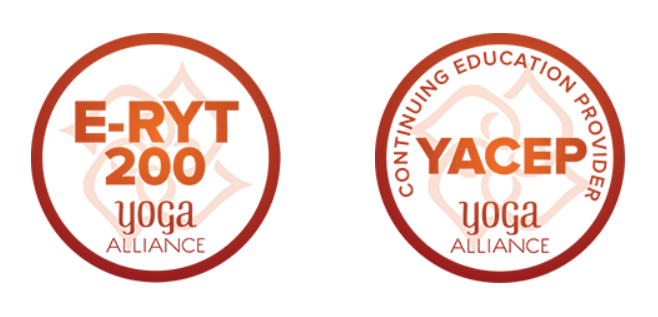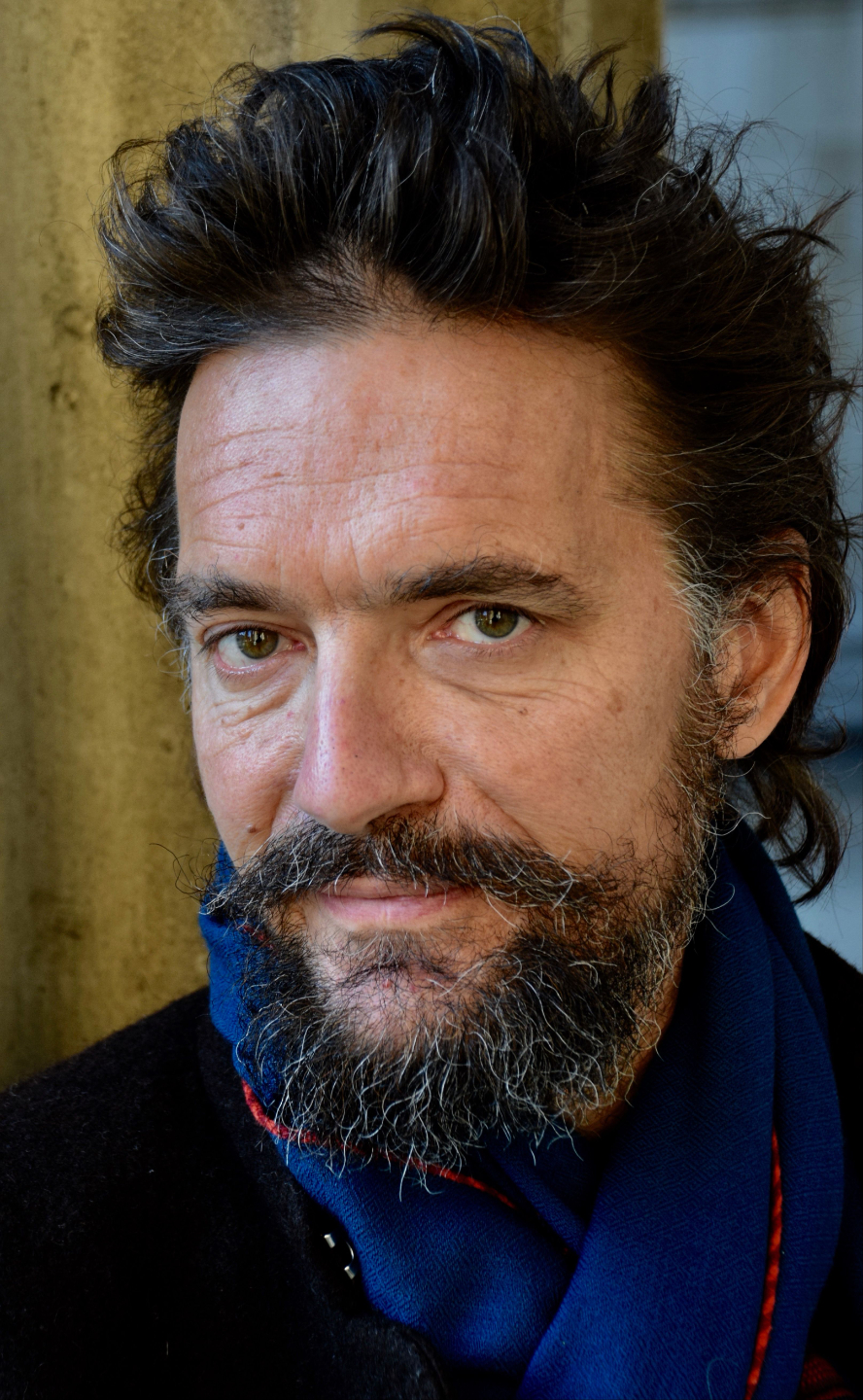
Course Description
This online course will chart the history of physical yoga practice in India from the first-millennium BCE up to the 15th century CE, at which point it became classified under the catchall term "haṭha yoga." It will show how until about a thousand years ago the only physical methods associated with yoga were those of ascetic bodily mortification, in which the body was something to be controlled and suppressed. These methods are still practiced to this day, but they are complemented—and sometimes contradicted—by a system of practice that appears in the material and textual record around 1000 CE, in which the body is valorized and used to attain mystical states.
Drawing on the study of texts and art-historical material, together with insights from years spent living in India with traditional yoga practitioners, the course will present the very latest research findings on the history of physical yoga practice. It will explore what we can learn about yogic practice from textual teachings and from looking beyond the texts. It will also contextualize the history of yoga within the history of religion in India, in particular the development of the different religious traditions whose members were yoga practitioners.
This course will be illustrated throughout by a unique archive of visual materials, artifacts, sites, and practitioners important for understanding yoga’s rich history.

Course Modules
Module 1 — Vernacular Haṭhayoga: Yoga and Asceticism
Module 2 — Sanskrit Haṭhayoga: Early Textual Codification
Module 3 — The Practices of Haṭhayoga
Module 4 — The Practitioners of Haṭhayoga
Students Will Receive:
- 4 Pre-recorded Video + Audio lectures (90 min)
- 4 Pre-recorded Q&A sessions (90 min)
- 4 YS Credits
- 12 Hours of CE credit with YA
- Course Syllabus (PDF)
- Weekly Readings (PDF)
- 4 Multiple Choice Quizzes
- Yogic Studies Certificate (PDF)
- Access to the private Community Forum
Dr. James Mallinson
SOAS, University of London
Dr. Mallinson is Reader in Indology and Yoga Studies at SOAS University of London. His research focuses on the history and current traditional practice of yoga and his primary methods are philology, ethnography and art history. Dr. Mallinson led the Haṭha Yoga Project (2015–2021), a six-person research project on the history of physical yoga funded by the European Research Council. The project’s core outputs will be ten critical editions of Sanskrit texts on physical yoga and four monographs on its history and current practice. Together with Professor Jürgen Hanneder (University of Marburg), Dr Mallinson is now leading the Light on Hatha Yoga Project (2021–2024) which will produce a critical edition of the Haṭhapradīpikā.
Among Dr. Mallinson’s publications are The Khecarīvidyā of Ādinātha, a Critical Edition and Annotated Translation of an Early Text on Haṭhayoga (Routledge, 2007), a revision of his doctoral thesis, which was supervised by Professor Alexis Sanderson at the University of Oxford, where Dr. Mallinson also read Sanskrit as an undergraduate, Roots of Yoga (Penguin Classics, 2017, co-authored with Mark Singleton) and The Amṛtasiddhi and Amṛtasiddhimūla: The Earliest Texts of the Haṭhayoga Tradition (École française d’Extreme-orient, Pondicherry, 2021). Dr. Mallinson has spent more than ten years living in India with traditional ascetics and practitioners of yoga, and at the 2013 Kumbh Mela was awarded the title of Mahant by the Rāmānandī Saṃpradāya.
This course is eligible for 12 hours of Continued Education (CE) credits with Yoga Alliance

Stay Informed
Sign up for the Yogic Studies mailing list to find out first about upcoming courses, podcast episodes, promotions, events, and the latest research delivered straight to your inbox.


